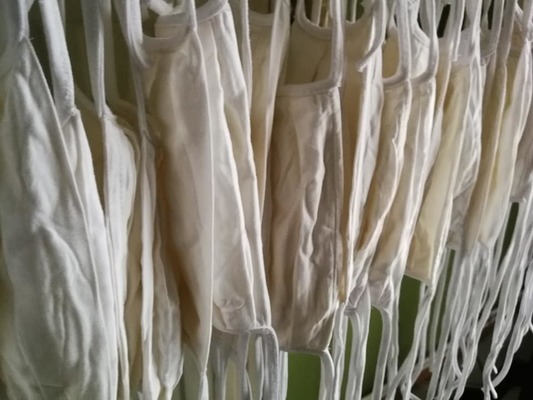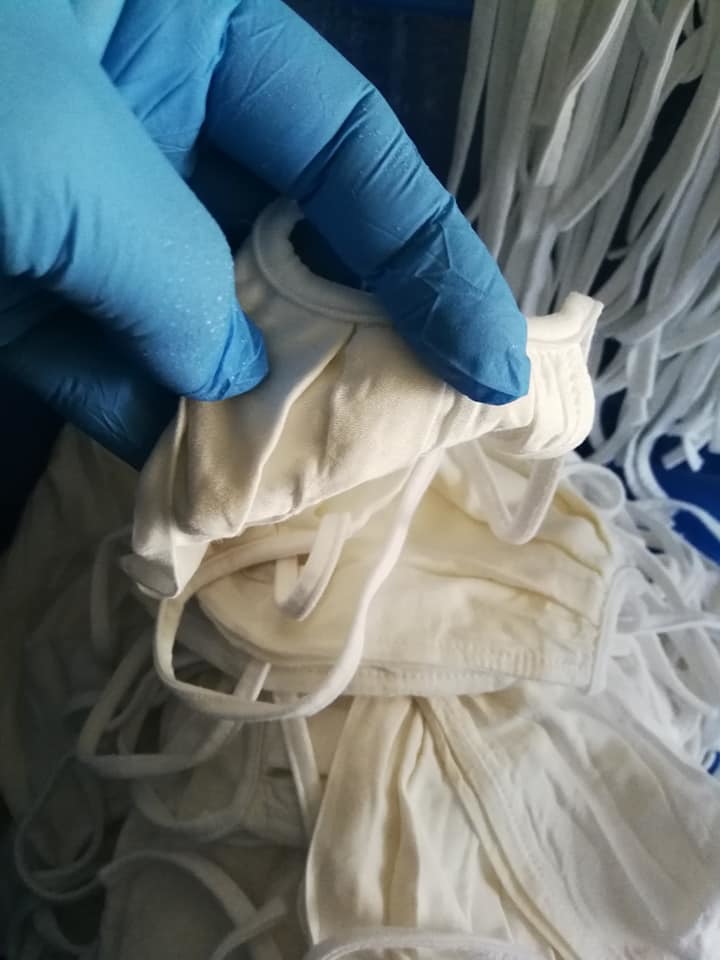
Do you understand?
“Man needs entertainment simply to hide his madness. If he was perfectly sane, he would not need entertainment. He could just sit and watch this bamboo grow. He does not really need entertainment.” – Sadhguru https://en.wikipedia.org/wiki/Jaggi_Vasudev
Bamboo the twig that is stronger than the oldest oak. An age-old material that gets every opportunity in our market. But why is “bamboo” a plant with a future?
Let’s take a look at it from the fashion sector. We have known for some time that this is the second most polluted industry in the world and we also understand that we do need clothing and footwear. As a side note, I would like to add that clothing is a form of expression, and we have long understood that everyone is unique. To express your unique self means for a part that you understand “being human”. In adolescence, many young people wear what the others wear in order to become part of a group, because the unique self has not yet fully developed.
Returning to Bamboo. From childhood we have learned that cotton is good and health to wear. But is this true?
From plant to finished product, we need approximately ten thousand liters of water for one jeans trouser and seven spoons of insecticides are used for a T-shirt. In the case of organic cotton, the amount of insecticides decays but the amount of water remains the same. We immediately admit that it’s difficult to calculate the correct amount of water. According to the Water Footprint Network in China, for example, growing a kilo of cotton costs just four thousand liters of water, compared to twenty-two thousand in India. https://waterfootprint.org/en/ Cotton is among the top ten most devouring crops in the world and is a leader when it comes to textile use. Because two and a half percent of worldwide water use comes in the name of cotton growing. In 2011, the use of the entire supply chain for cotton production amounted to three thousand six hundred billion liters of water!
Insecticides have a detrimental effect, just think of the bees that disappear or the dehydration of the Aral Sea that lies between Kazakhstan and Uzbekistan. In less than 50 years the sea has shrunk from 68.000 km to less than 7000 km2. Fishing has completely disappeared and clean water has become so scare that people have fallen ill. https://www.theguardian.com/sustainable-business/sustainable-fashion-blog/2014/oct/01/cotton-production-linked-to-images-of-the-dried-up-aral-sea-basin
With around 35% of it’s share in textile fiber market, cotton is the most important player. It’s strong, durable and can absorb moisture very well and production is possible in many places In the world.
Admittedly, great efforts are also being made to use organic cotton, a crop that does not use artificial fertilizer or chemical pesticides. And the collapse of cotton is not yet on the agenda, but the share compared to other fibers will certainly fall. The demand for clothing worldwide is also growing faster
than the demand for food, due to the growing world population and more importantly due to a higher consumption pattern worldwide.
What can we do? Bamboo as an alternative? Yes we can!
Did you know that bamboo has many advantages? Why is it sustainable?
- When planting the plant no additional water from irrigation is needed to water the plant, so the soil is not exhausted.
- Growing from plant to harvest takes 4 years, during this period no antibacterial products need to be sprayed as bamboo is antibacterial in itself.
- Cleaning from plant to pulp can be done in a closed loop so that almost no harmful products enter the waste water and the emulsion can be used again and again.
- It’s already possible to spin the yarns dry.
- Once knitted or woven, they retain their shape and last a long time.
- Bamboo itself is anti-bacterial, which means that you will not get sweat circles under the armpits and you therefore no longer need to use deodorant.
- Anti-allergic and therefore suitable for people with all kinds of skin diseases.
- - Bamboo does not absorb odours, so you have to wash your clothes less and you save on water, electricity and washing products.
Bamboo is a type of grass that can absorb 200 tonnes of CO2 emissions per hectare per year, while trees remove 15 tonnes of CO2 emissions per year. https://www.moso.eu/nl/node/368
Did you know that Europe has a bamboo planting program? https://bamboologic.eu/program/
Apart from textile it has many other uses.
- Furniture
- Architecture
- Household utensils
- Drinks
- Paper
- Floors
- Bicycles
- Terrace and garden furniture
- Medicines
- Car industry
- Nutrition
- Aviation
- And above all green energy
- And mouth masks

But especially in the case of sustainability, let us never lose sight of the fact that we wear clothing to protect ourselves, to express our unique self, and that we love and maintain our clothing. If love is
and remains, the only way to survive as a humans on our planet. And human survival means respecting the environment and people.
A fair wage where the workers can build a full life for me, means, being able to give the family a proper shelter, feed it, pay for the studies and the health care.
We also live in a time where excluding people is increasingly becoming a must. But the one-sided range of fashion will shatter us as a human race.
Have a great day and keep it save.
Flor Depla
A poplar never grows alone.
The stronger the row,
The stronger each poplar,
The stronger each poplar,
The stronger the row!



